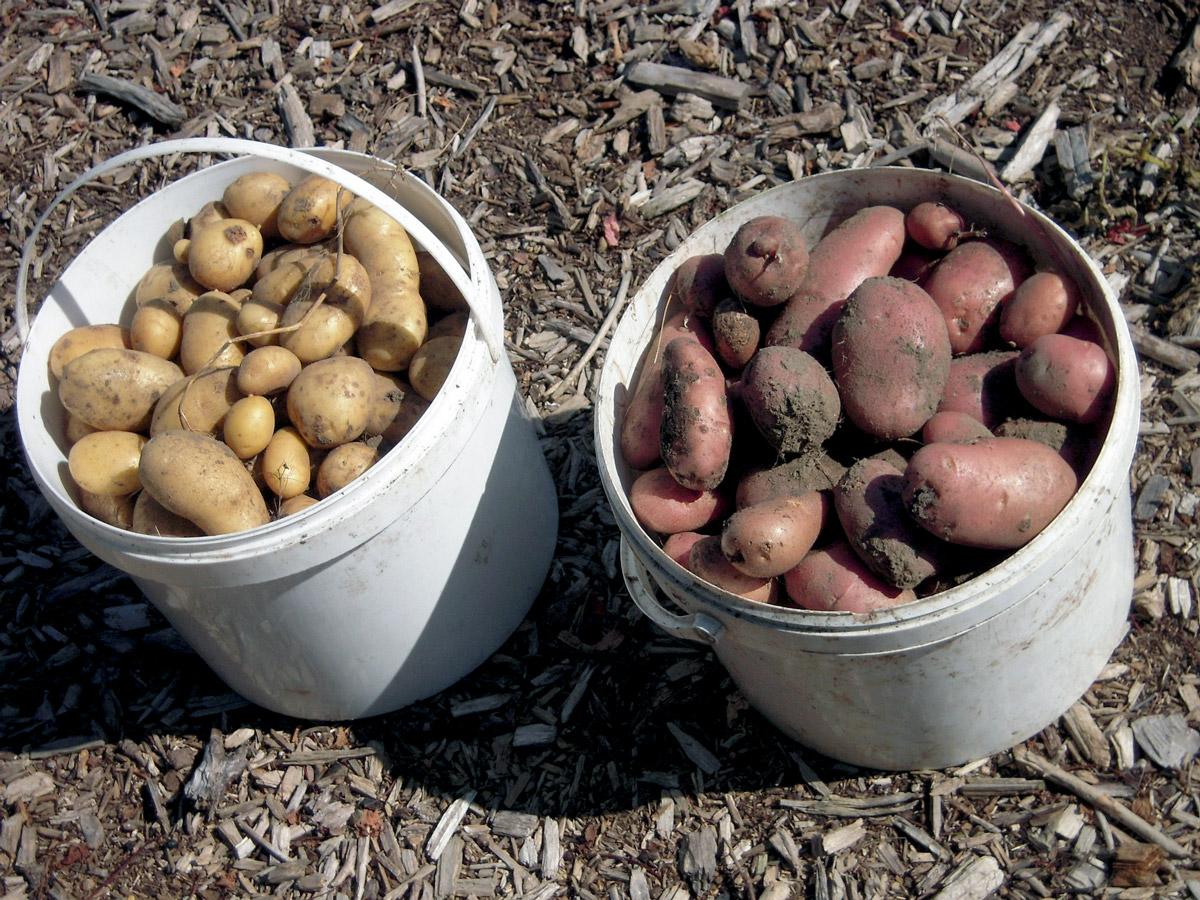Industry chips in to save spud scraps
Up to 100,000 tonnes of potatoes could be saved from the bin each year, thanks to a new $1 million research and development partnership.
Four of the largest potato producers in Australia want to convert 100% of their potato waste into commercial benefit through their partnership with the Fight Food Waste Cooperative Research Centre (CRC).
Over the next three years, investment in the project will come from The Mitolo Group, Zerella Fresh, Thomas Foods International Fresh Produce, The South Australian Potato Company, together with industry association Potatoes South Australia, and the University of Adelaide.
“We are seeing up to 40 per cent of potatoes rejected because they do not meet retail specifications. At the same time Australia is importing 20,000 tonnes of potato starch each year, and it just doesn’t make sense that we’re not using these huge volumes of potatoes for alternative purposes,” says Chief Executive of Potatoes South Australia Robbie Davis.
South Australia is the largest potato growing state in Australia. A large focus of this project is the potential development of an Australian potato starch industry which would provide additional revenue for Australian potato companies; potentially $1000 a tonne for extracted starch instead of the current value of $0-10 a tonne for the waste.
“Potato starch is used broadly across the food industry, for bioplastics and packaging, to coatings and adhesives. We also want to use the waste from the waste, so after extracting the potato starch, there will be further opportunities using the residual waste from this first stage,” says Ms Davis.
Professor Vincent Bulone from the University of Adelaide is leading this research project from his world-class analytical centre for complex carbohydrate analysis, Adelaide Glycomics. The project is in line with the University’s industry engagement priority on agrifood and wine.
“There are different forms of starch in potatoes that can be used in different products. For example, existing research suggests that the less digestible starches in potatoes, the so-called ‘resistant starches’, can be used to make superior pre-biotics that help prevent infections,” says Professor Bulone
“Another known starch component can be used to engineer low GI foods, and the skins of the potatoes themselves contain bioactives that can be used for a range of commercial products like nutraceuticals.”
Fight Food Waste CRC CEO Steven Lapidge is thrilled to have such a transformational project underway so early in the Fight Food Waste CRC’s journey, and sees the partnership between all of the potato producers as a great example of what CRCs can achieve.
“We’re looking to develop new products from current waste streams that will deliver additional profit to potato producers through domestic and export sales," says Dr Lapidge.
“Through investing in research and development we aim to deliver new high-value commercial opportunities for the participants of this project.
“This project is exactly what the CRC is all about; delivering real benefit for Australian businesses across the whole of the value chain.”

